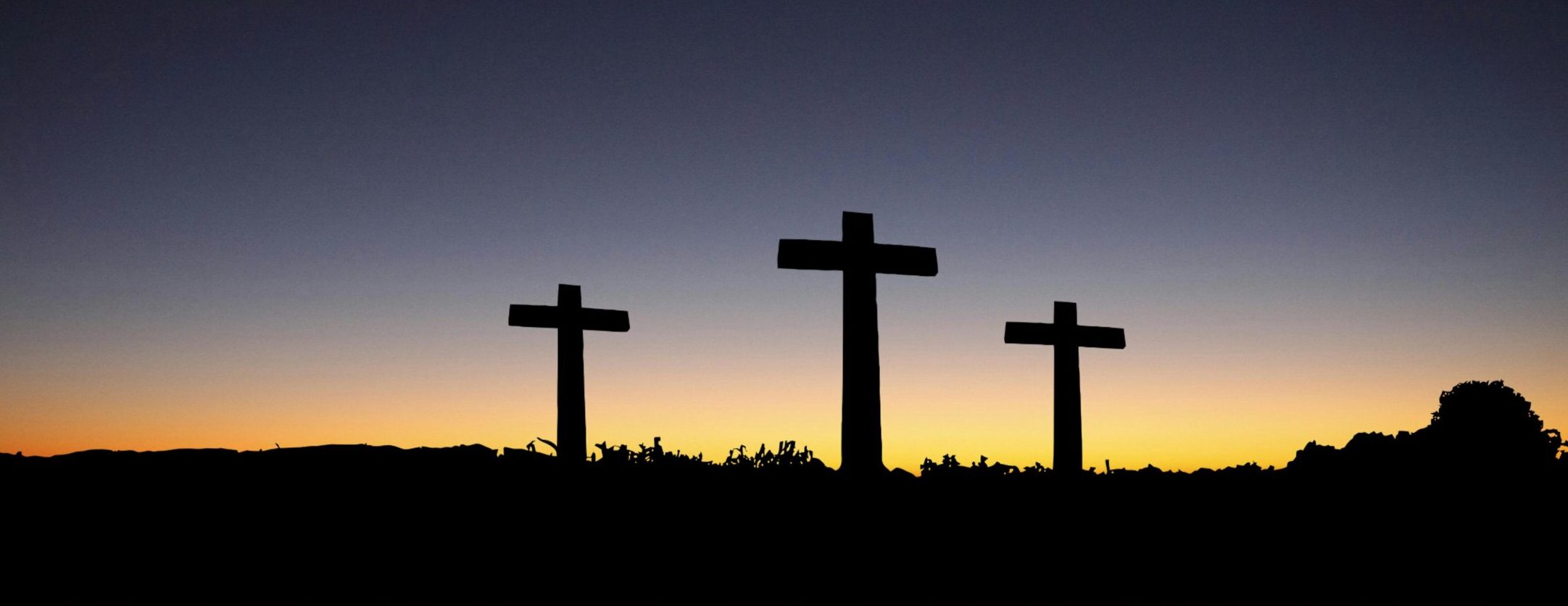As spring unfolds, bringing new life to the natural world, millions around the globe prepare to celebrate a pivotal season in the Liturgical year: the Easter season. This period, rich in spirituality and cultural tradition, invites reflection, gratitude, and renewal. Apart from marking seasonal renewal Easter reminds us of the eternal consequences of the death and resurrection of the Son of God. Central to this season are Good Friday and Easter Sunday, days that encapsulate the profound narratives of sacrifice, resurrection, and hope.
Good Friday: A Solemn Remembrance
Good Friday marks a day of solemn reflection for Christians, remembering the crucifixion of Jesus Christ and his death at Calvary. It marks the supreme sacrifice of the Son of God for humanity. It’s a day that speaks volumes about sacrifice, love, and the cost of redemption. This observance takes place on the Friday before Easter Sunday and is a pivotal moment in the Holy Week, which also includes Palm Sunday, Maundy Thursday, and Holy Saturday.
Good Friday services are introspective, focusing on the passion of Jesus Christ. Many communities hold special services, prayer meetings, and vigils to commemorate this day. The atmosphere is one of mourning and reflection, contemplating the weight of Christ’s sacrifices. It’s a time to meditate on themes of forgiveness, the fragility of life, and unconditional love.
Easter Sunday: A Celebration of Resurrection
Easter Sunday, three days after Good Friday, is a celebration of resurrection and renewal. It marks the day Jesus rose from the dead, defeating death and offering humanity hope and eternal life. Through His sacrifice Jesus re-opened the gates of Heaven which had been closed with original sin and caused death to unravel. This day is the cornerstone of the Christian faith, embodying the ultimate victory of life over death, light over darkness.
Easter traditions are varied and rich, reflecting the joy and renewal of the season. From the early morning services symbolizing the empty tomb and Jesus’ resurrection to the sharing of Easter meals with family and friends, the day is filled with joy and celebration. Children partake in Easter egg hunts, symbolizing the finding of new life, and communities come together to share in the joy of the resurrection.
The Easter Season: A Time of Renewal
The Easter season extends beyond just Easter Sunday, spanning 50 days to Pentecost. This period, also known as Eastertide, is a time of joy and celebration, reflecting on the continued presence and power of the resurrection. It’s a time for Christians to renew their faith, embrace hope, and spread love and kindness in their communities.
The season is marked by the liturgical color white, symbolizing purity, joy, and victory. It’s a period for us to reflect on the significance of the resurrection and its implications in their lives. It’s a time of growth, a reminder of the continuous cycle of renewal inherent in the Christian faith.
What Easter Means
Easter transcends mere historical significance, extending a timeless invitation to revive faith and embrace hope and love continually. It presents a tale of redemption and change. Easter is a
reaffirmation of faith, a reminder that love triumphs over hatred, life over death. It’s a call to live in a way that reflects the transformative power of the resurrection, promoting peace, offering forgiveness, and fostering community.
As the Easter season unfolds, it invites us to pause, reflect, and embrace the possibility of new beginnings. Whether through the solemnity of Good Friday or the joyous celebration of Easter Sunday, this period offers a profound moment to contemplate life, faith, and the power of renewal.
In embracing the lessons of Easter, we find the strength to face the challenges of life, the courage to forgive, and the joy of living in a renewed spirit of hope and love. Easter, in its essence, is a celebration of God’s great love for us in the sacrifice of His Son, also of life’s perpetual capacity for renewal and the enduring promise of all things made new.
